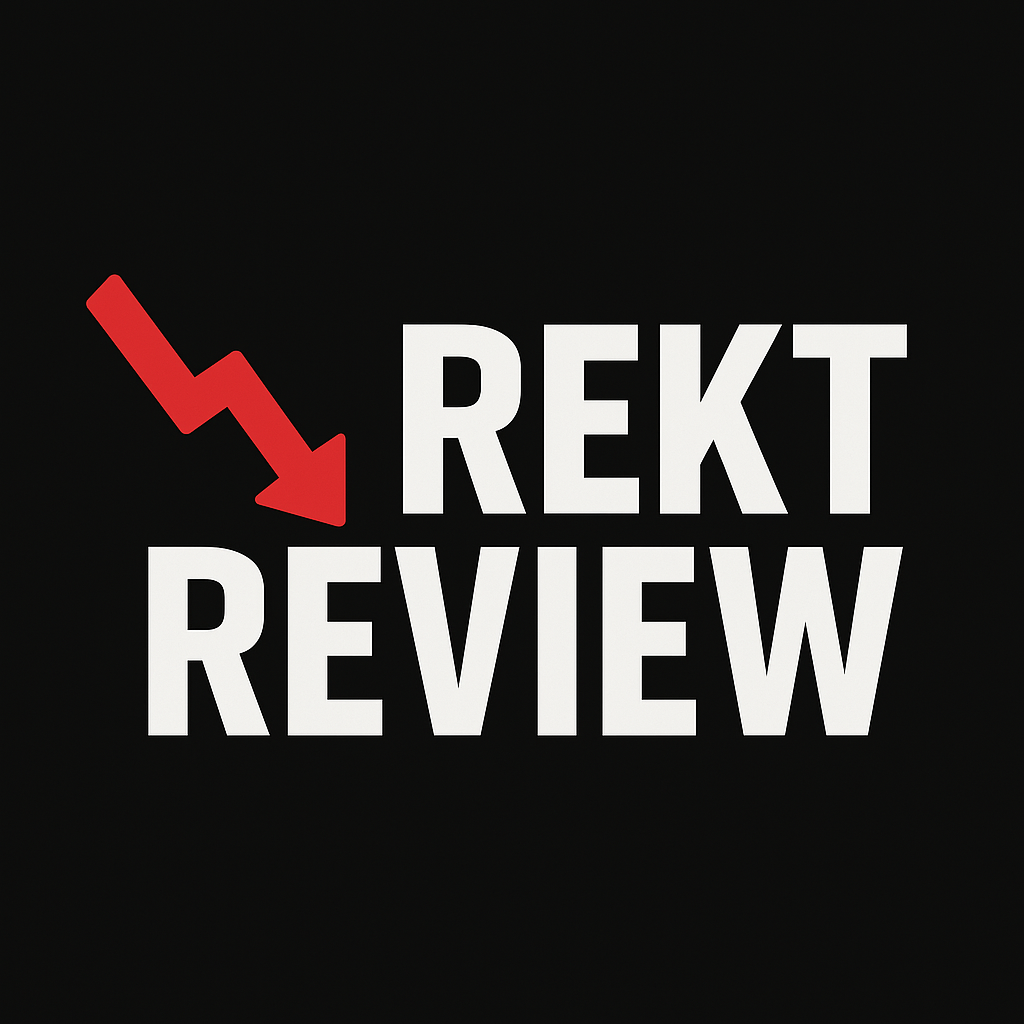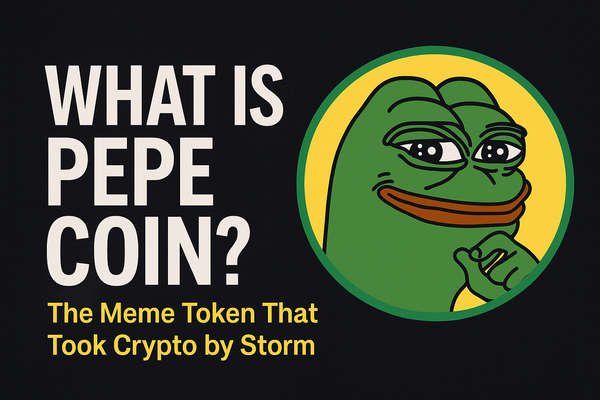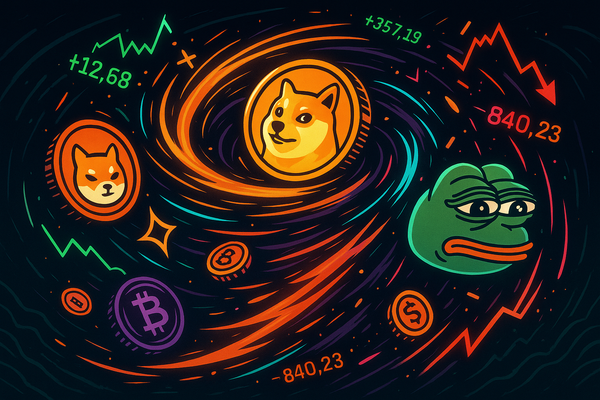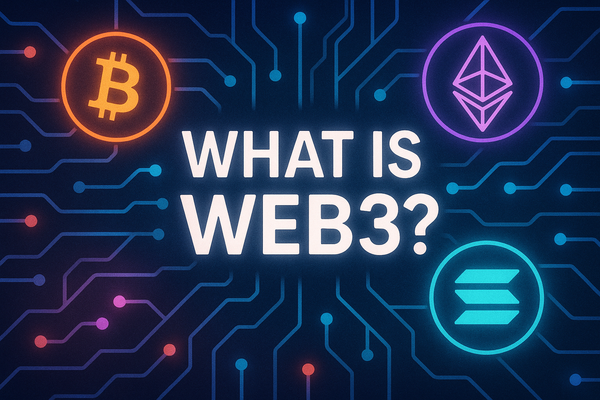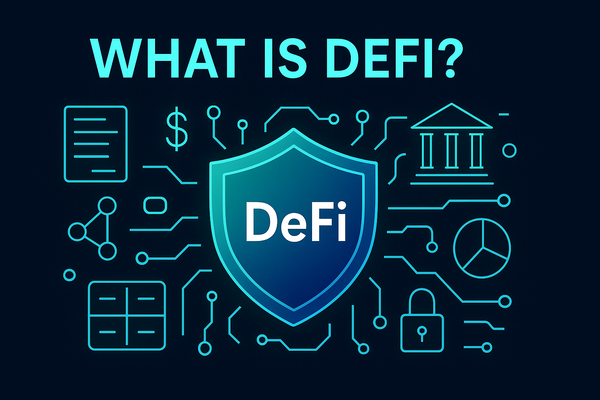What Is Pump.fun? Solana's Memecoin Launchpad Explained
Pump.fun has taken Solana by storm, making it easy to launch viral memecoins in seconds. This guide breaks down how it works, the hype, and the risks.

In the fast-paced world of memecoins, a new platform has emerged that turns anyone into a token creator with just a few clicks: Pump.fun. Built on the Solana blockchain, Pump.fun has become the go-to launchpad for degens and memecoin enthusiasts looking to ride viral trends and create tokens with minimal friction. Its sleek, minimalist interface and permissionless structure have made it wildly popular — spawning thousands of tokens daily and flipping Ethereum in daily revenue during peak hype.
Unlike traditional crypto projects that require smart contract coding, audits, or team doxxing, Pump.fun strips the process down to its bare essentials. Anyone can create and trade tokens using a simple bonding curve model, and the results are often chaotic, hilarious, and occasionally profitable. In this article, we’ll explore how Pump.fun works, why it’s exploded in popularity, and what risks or opportunities it presents in the broader crypto landscape.
Whether you’re a curious onlooker or a seasoned shitcoin gambler, understanding Pump.fun offers a glimpse into the raw, unfiltered world of crypto’s most degen frontier.
What Is Pump.fun?
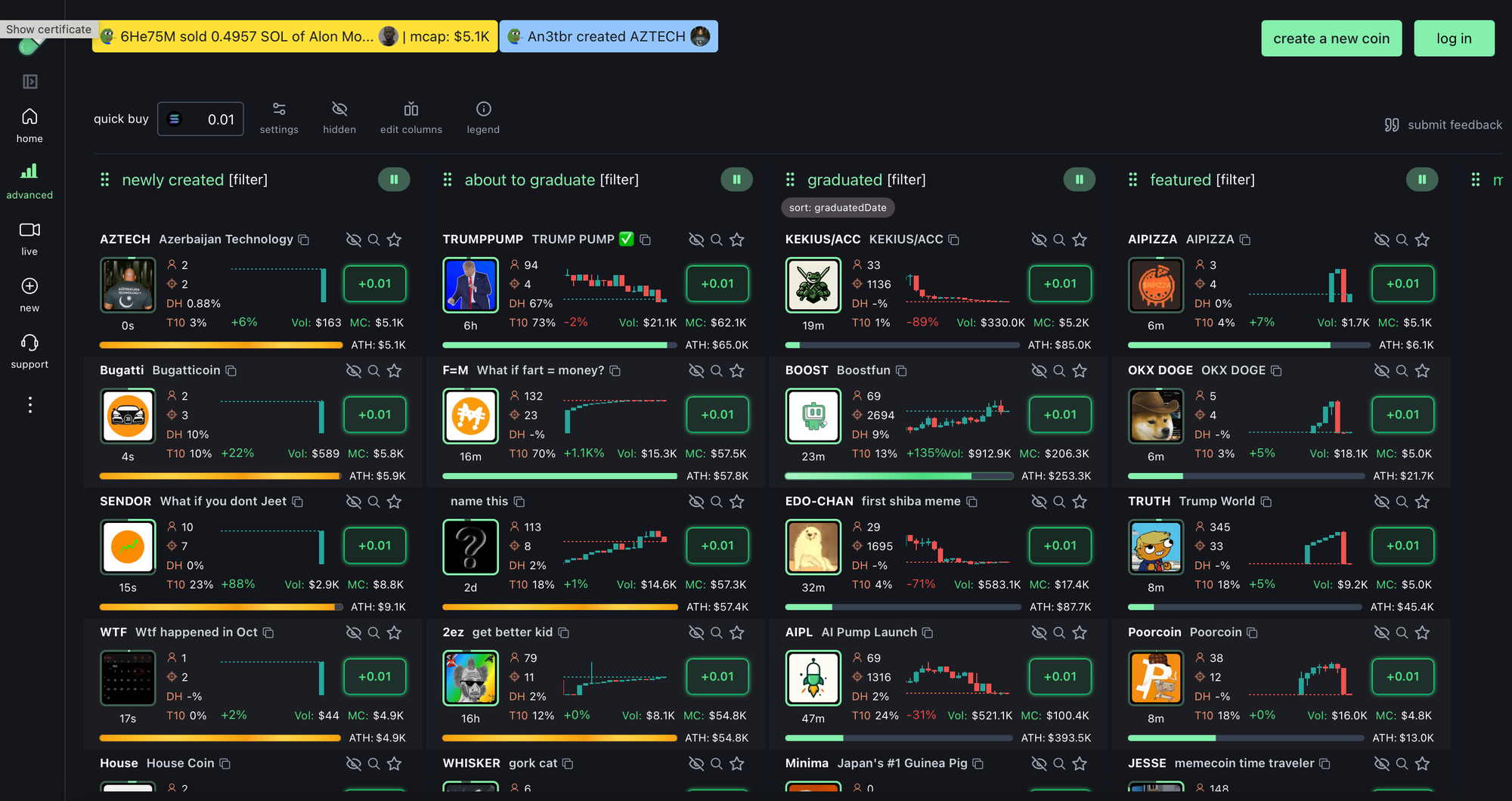
Pump.fun is a decentralized token launch platform that runs on the Solana blockchain, allowing anyone to create and trade a token instantly — no coding required. At its core, the platform is designed to be as frictionless and viral as possible. With a few clicks, users can deploy a token with a ticker, name, and image, all backed by a bonding curve that determines its price as demand increases.
Once created, each token automatically gets listed on the site, where users can buy it using SOL through a native swap interface. The pricing mechanism follows a linear bonding curve, meaning the more tokens are bought, the higher the price goes. This model incentivizes early buyers, often creating intense FOMO (fear of missing out) as the chart pumps — hence the name.
The platform also includes basic tokenomics: 100% of tokens are locked in the bonding curve, and liquidity is non-withdrawable. There are no rugpull mechanics, and creators don't get a pre-mine — they have to buy their own token just like everyone else. This seemingly “fair” model has helped build trust in an otherwise chaotic corner of crypto.
Beyond token creation, Pump.fun features a trending feed of hot tokens, meme-based search functions, and integrated analytics showing volume, holders, and price changes. It’s not just a launchpad — it’s also a leaderboard for Solana’s most viral shitcoins.
The platform’s design emphasizes virality over utility, creating a playground for memecoin experiments, inside jokes, and short-lived pump-and-dumps. And yet, some tokens — like $Fartcoin or $WIF — have managed to build actual communities, proving that even in a joke-filled ecosystem, organic growth is possible.
Mechanics of Token Creation
Creating a token on Pump.fun is intentionally simple — that’s part of its genius. Users don’t need coding experience, developer tools, or even a wallet full of SOL. All it takes is a name, a ticker, and a few clicks.
Here’s how it works:
- Connect your wallet (usually Phantom or Backpack) to the Pump.fun site.
- Choose a name and ticker for your token. Keep it catchy — meme appeal is everything here.
- Upload an image or meme as the token's icon.
- Pay the launch fee (currently 0.02 SOL) to initialize the token.
Once deployed, your token is immediately live and available for trading via a bonding curve model. This curve means token prices rise automatically with each buy, and users can sell back into the curve at a slightly lower rate, allowing for instant liquidity without a DEX listing.
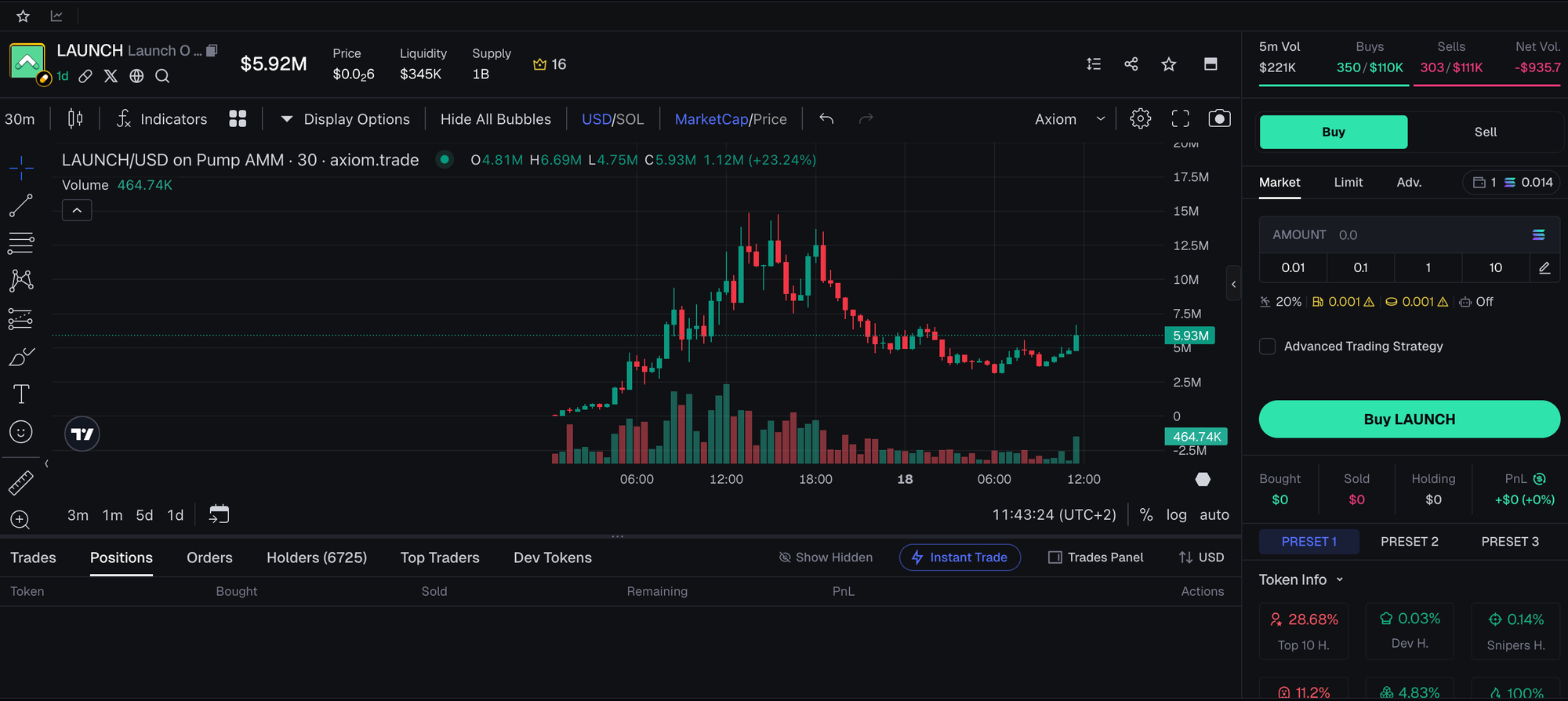
The total supply is fixed, and 100% of the tokens are placed in the bonding curve — no hidden allocations, no liquidity withdrawal, and no pre-mint. This "fair launch" mechanic is one of Pump.fun’s key differentiators. Everyone — including the creator — starts from zero.
The simplicity of this process has led to an explosion of memecoins, with some creators launching dozens of tokens in a day just to see which one catches fire. It’s a blend of performance art, trading frenzy, and pure speculation — all automated through smart contracts.
Market Impact and Growth
Pump.fun’s impact on the crypto market has been nothing short of explosive. In a matter of months, it has onboarded thousands of users, generated millions in trading volume, and created over 100,000 unique tokens — many of them memes, jokes, or throwaway experiments. Yet behind the chaos is a revealing signal: retail users crave low-friction tools to participate in crypto creativity and speculation.
At its peak in May 2024, Pump.fun briefly outperformed Ethereum in daily revenue, primarily through its bonding curve fees and nonstop token launches. Solana’s speed and low costs made this model feasible — where other chains would buckle, Solana thrived under the memecoin pressure.
What’s remarkable is that this activity isn’t driven by big-name developers or VC-backed projects. Instead, Pump.fun democratized memecoin creation, empowering degens, artists, and even complete novices to launch tokens for laughs — or occasionally, for viral glory.
This grassroots explosion has also influenced Solana’s cultural direction. Pump.fun has become a breeding ground for trends, with tokens like $NAP, $COOK, and $HUMP earning temporary cult followings. Some even bridged into secondary markets like Raydium or Jupiter.
While many tokens fade within hours, the sheer velocity of creation keeps the platform buzzing. Its leaderboard-style homepage fuels FOMO, and Twitter influencers often spotlight trending tokens, feeding the loop of hype and speculation.
In short, Pump.fun didn’t just launch tokens — it launched a movement.
Risks and Controversies
Despite its viral success, Pump.fun is not without risks — and critics haven’t been shy about pointing them out. At its core, the platform operates in a hyper-speculative grey zone where the line between meme culture and financial recklessness often blurs.
One of the primary concerns is the ephemeral nature of most tokens. With no roadmap, utility, or governance, the vast majority of Pump.fun coins are created as jokes or social experiments. Many pump quickly and dump just as fast, leaving late buyers with near-worthless tokens. While the bonding curve model technically provides liquidity, the spread between buy and sell prices — combined with rapidly vanishing interest — can trap users with bags.
Another issue is wallet impersonation and deception. Because anyone can create a token with any name or image, scammers often launch coins mimicking influencers, celebrities, or trending tickers to trick users into buying. Even with disclaimers, it's easy to get rugged — not through code exploits, but through social manipulation.
The platform’s permissionless nature also makes it a haven for offensive or malicious content. Tokens featuring racist, political, or shock-value imagery occasionally appear, sparking debates about moderation and platform responsibility.
Regulators could take notice too. While Pump.fun doesn’t offer securities and avoids pre-mine allocations, its facilitation of rapid speculative token creation may draw scrutiny from agencies concerned with market manipulation and consumer protection.
Pump.fun’s team has acknowledged some of these risks and introduced basic tools like report buttons and creator verification badges. Still, in true degen fashion, much of the platform’s ethos is “ape at your own risk.” That cultural stance may resonate with seasoned gamblers, but it's risky ground for newcomers.
Community and Cultural Influence
Pump.fun isn’t just a tool — it’s a cultural engine for Solana’s most degen corners. The platform has cultivated a uniquely chaotic and meme-forward community that thrives on irony, speed, and virality. In many ways, it channels the spirit of early 4chan or Reddit — but with real money at stake.
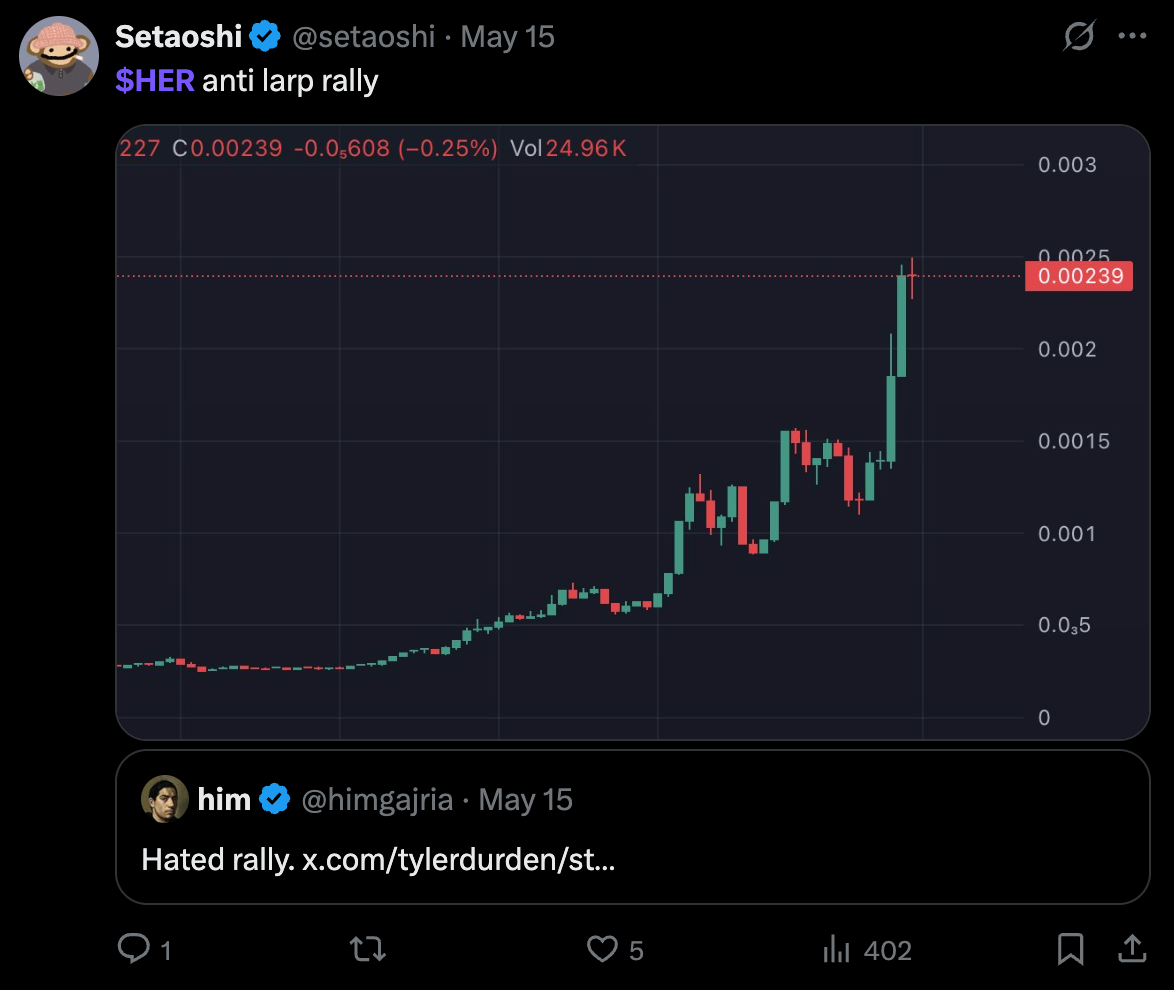
On Twitter (X), Pump.fun tokens are frequently at the center of jokes, raids, and viral posts. Entire subcultures have formed around token archetypes — from sleep-themed coins like $NAP and $DOZE to food-based memes like $COOK. Creators design memes, write lore, and rally communities around absurd premises, often just for the lulz.
The platform has also become a proving ground for Solana-native meme culture, giving users the ability to express themselves through tokens, not just tweets or NFTs. The low entry cost makes launching a token feel more like posting a meme than publishing a project — but when one catches on, the social energy can snowball into thousands of SOL in volume.
This grassroots, creator-led energy has helped Pump.fun evolve into more than just a site — it’s now a vibe. For many, it represents crypto stripped of pretense, fueled by internet-native humor and speculative chaos.
Future Outlook
Pump.fun has already left its mark on the memecoin meta, but its future remains unpredictable — much like the tokens it enables. If the momentum continues, the platform could evolve into a core launchpad for viral crypto assets, potentially expanding features like creator profiles, curated collections, or advanced analytics for serious degens.
There are also whispers of a native $PUMP token and a possible airdrop, which would likely amplify user engagement and incentivize deeper participation. If implemented thoughtfully, this could transform casual creators into long-term community members, creating stronger network effects.
However, long-term sustainability depends on balancing novelty with trust. As regulators begin eyeing the memecoin mania and Solana continues its mainstream push, Pump.fun may face pressure to add light compliance features or content moderation tools — without losing its degen appeal.
Still, the platform’s biggest strength is its simplicity. By lowering the barrier to entry for token creation and embracing the chaotic nature of crypto, Pump.fun captured something rare: authentic internet culture, monetized in real time.
Whether it matures or implodes, one thing’s clear — Pump.fun isn’t just a trend. It’s a reflection of where crypto is heading: fast, funny, and wildly experimental.
What is Pump.fun? FAQ
Pump.fun is a Solana-based launchpad that allows users to instantly create and trade memecoins using a bonding curve model — no coding required.
Users connect a wallet, enter a name and ticker, upload an image, and pay a small fee to launch a token. The price increases as people buy through the bonding curve.
Yes, but it’s highly speculative. Early buyers can profit if a token gains traction, but many tokens crash quickly, making it risky for late entrants.
There’s no rug-pull risk from devs due to locked liquidity, but users can still be scammed by impersonators or buy tokens that quickly lose value.
It’s radically simple, permissionless, and meme-driven — designed for fast, viral token launches with no coding or complex setup required.
